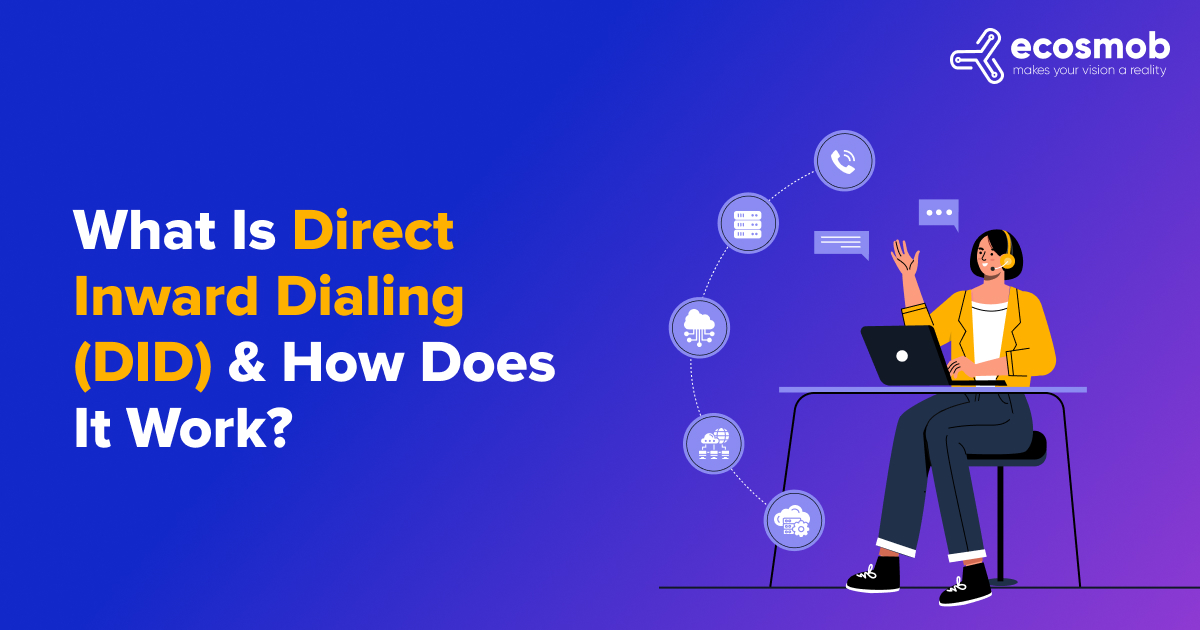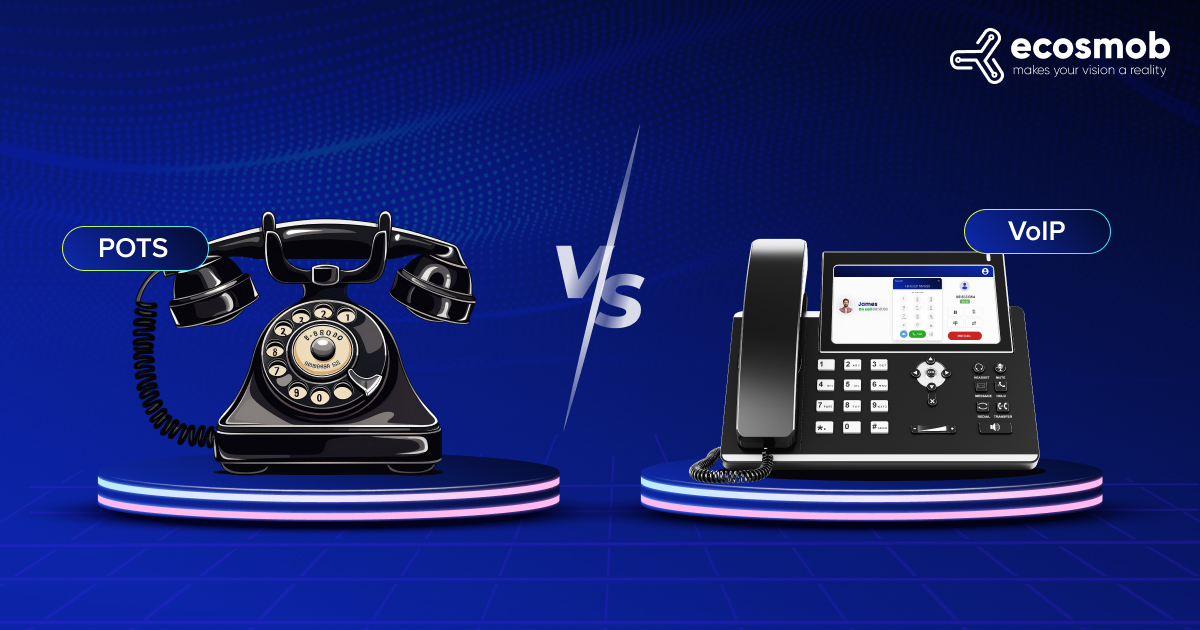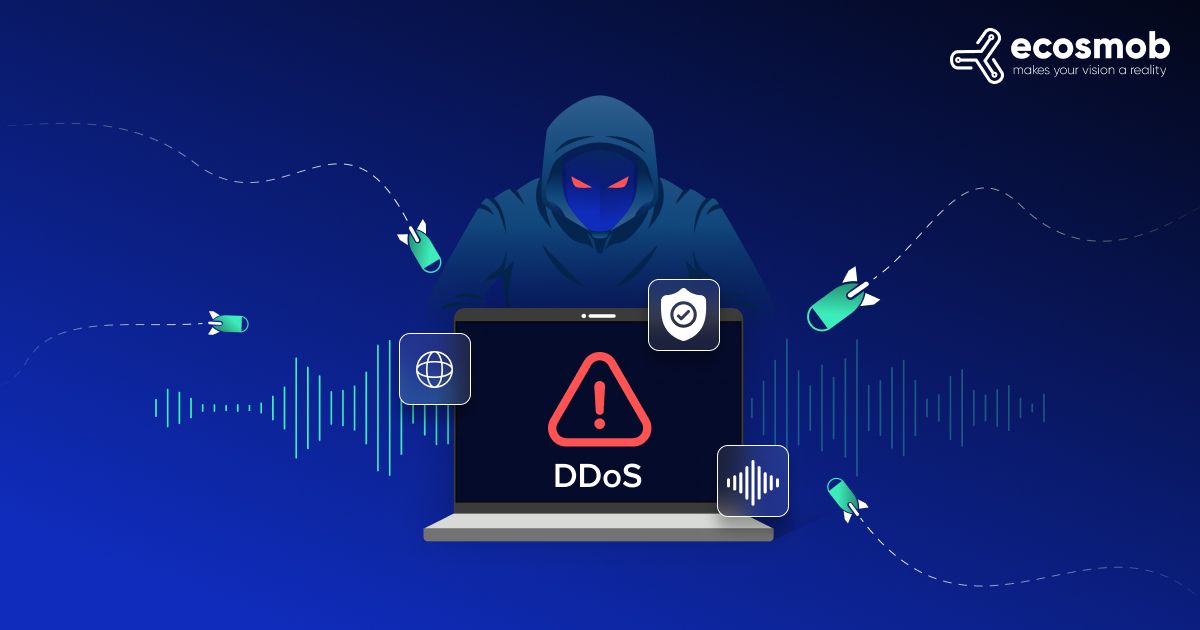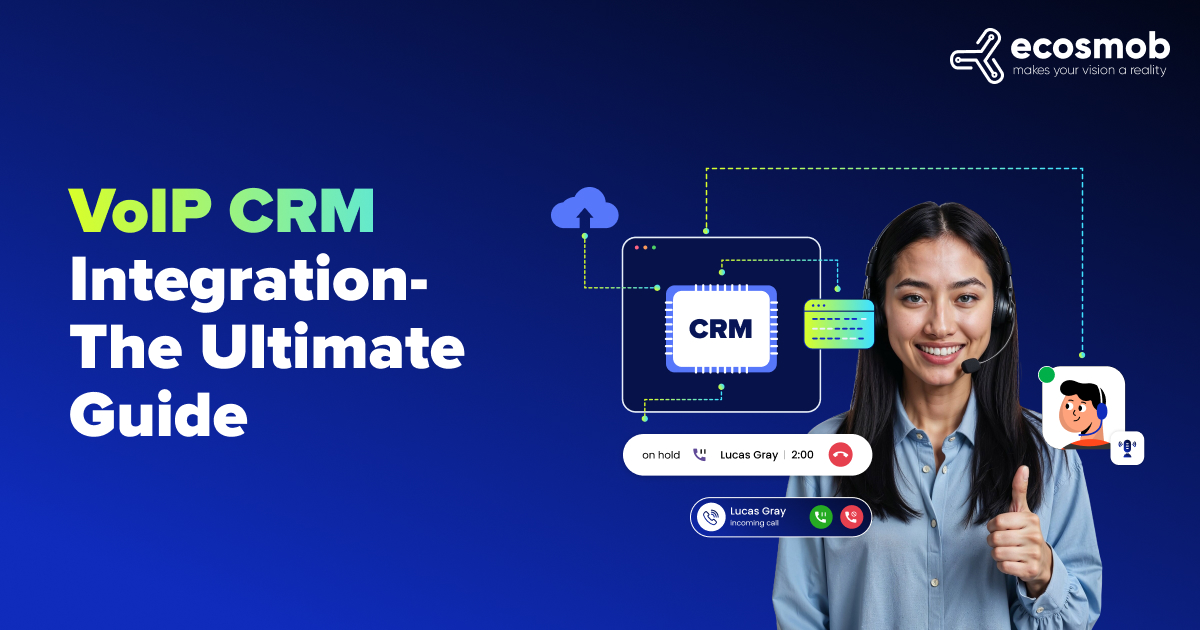QUICK SUMMARY
Explore Direct Inward Dialing (DID) and its impact on business communication. Learn about its workings, benefits, and how DID VoIP integration can enhance your telephony system.
In the ever-shifting world of telecommunications, where new technologies emerge at lightning speed, Direct Inward Dialing (DID) is a pivotal innovation for modern businesses. Whether you’re managing a small office or a large enterprise, understanding the nuances of DID can significantly impact your communication efficiency and cost management. It isn’t just a futuristic concept; it’s a practical solution that enhances communication efficiency and streamlines operations. Direct Inward Dialing offers a seamless way to handle a high volume of calls without the usual complexities and delays, making it an invaluable tool for businesses aiming to improve customer service and internal communication. In this blog, we’ll explore the intricacies of DID, from its fundamental principles to its impact on business communication, and provide you with a deep dive into how this technology can transform your telephony system.
Transform Your Communication with Our Exclusive DID VoIP Solutions
What is Direct Inward Dialing (DID)?
Direct Inward Dialing (DID) is a telephony service that allows external callers to directly reach an extension within a Private branch exchange system for business service providers without going through a central receptionist or operator. This feature is precious for businesses that require a high volume of inbound calls and need to streamline their communication process.
DID provides a dedicated phone number to each user or department within an organization, bypassing the traditional call routing that often involves multiple call transfers. It boosts productivity by directing calls to the intended recipient without unnecessary delays.
How does Direct Inward Dialing (DID) Work?
Direct Inward Dialing (DID) features straightforward yet sophisticated mechanics. DID technology simplifies call routing by directing incoming calls precisely where they need to go, which enhances organizational communication efficiency. Here’s an in-depth look at how Direct Inward Dialing operates:
1. DID Number Allocation
The process begins with businesses acquiring DID numbers from their telephony service providers. Each DID number is uniquely assigned and mapped to a specific extension or department within the company’s Private Branch Exchange (PBX) system. This allocation allows for direct dialing to individual extensions without requiring an operator or receptionist to manage call routing. By assigning dedicated numbers to different departments or individuals, businesses can streamline communication and ensure that calls reach the right person quickly.
2. Caller Dialing
When an external caller initiates a call by dialing a DID number, the call traverses through the telecommunication network. Depending on the setup, this could involve the Public Switched Telephone Network (PSTN) or a Voice over Internet Protocol (VoIP) network. In the case of PSTN, the call travels through traditional telephone lines, while VoIP routes the call over the Internet. This initial routing phase is crucial as it sets the stage for the call to be processed and directed accurately.
3. Call Routing
Once the call reaches the company’s telephony infrastructure, the system directs it to the PBX. Based on its internal configuration, the PBX system recognizes the DID number and routes the call directly to the appropriate extension or department. This intelligent routing process eliminates manual intervention and ensures efficient call management. The PBX system plays a central role in mapping each DID number correctly to its intended recipient, thereby enhancing the overall efficiency of the communication process.
4. Receiving the Call
Upon reaching the designated extension, the intended recipient receives the call directly. This direct routing bypasses intermediary steps, such as receptionists or call transfer processes, typically required in traditional phone systems. By eliminating these extra steps, the DID system significantly reduces call handling times and minimizes the chances of misdirected or lost calls. This streamlined approach improves overall efficiency and allows employees to focus on their core responsibilities without being interrupted by unnecessary call-handling tasks.
5. VoIP Integration
In contemporary telephony systems, DID can seamlessly integrate with Voice over Internet Protocol (VoIP) technology. VoIP allows for voice communication over the Internet rather than traditional telephone networks. This integration provides several advantages, including cost savings, greater flexibility, and advanced features. VoIP systems can handle large volumes of DID numbers and extensions more efficiently and cost-effectively than traditional PSTN-based systems. VoIP offers advanced functionalities such as call forwarding, voicemail to email, and enhanced reporting, further optimizing organizational communication.
By understanding these mechanics, businesses can leverage Direct Inward Dialing to enhance their communication systems, improve customer service, and achieve greater operational efficiency.
Benefits of Direct Inward Dialing (DID)
Direct Inward Dialing (DID) offers numerous advantages that can transform how businesses handle communication. Here’s an in-depth look at the key benefits of implementing DID:
1. Enhanced Call Management
DID simplifies call management by providing direct access to specific extensions or departments within a business. Each DID number is associated with a unique extension, which means callers can reach the intended recipient directly without going through a central switchboard or receptionist. This direct routing reduces the time spent on call transfers and improves the efficiency of handling incoming calls. As a result, businesses can manage a high volume of calls more effectively, ensuring that each call is directed to the right person quickly.
2. Improved Customer Service
With Direct Inward Dialing, customers experience a more streamlined and responsive service. Callers receive prompt attention and quicker resolutions to their inquiries by directly reaching the correct department or individual. This direct connection minimizes wait times and reduces frustration, improving overall customer experience. Improved customer service not only enhances satisfaction but can also positively impact customer loyalty and retention.
3. Cost Efficiency
Implementing DID can lead to significant cost savings, especially when combined with Voice over Internet Protocol (VoIP) technology. VoIP systems often offer lower per-call costs than traditional telephone lines, making DID even more cost-effective. Additionally, businesses can reduce expenses related to receptionists and call operators, as DID minimizes the need for these roles by handling call routing automatically. Overall, DID helps companies to optimize their telephony expenditures while maintaining effective communication capabilities.
4. Scalability
DID systems are highly scalable, making them suitable for businesses of all sizes. As a company grows, it can easily add new DID numbers and extensions to accommodate additional departments or employees without significant infrastructure changes. This scalability allows businesses to expand their communication system in line with their growth, ensuring their telephony infrastructure remains efficient and manageable.
5. Flexibility
DID provides flexibility in how calls are routed and managed. Businesses can customize their DID setup to meet specific needs, such as assigning different numbers for various departments or creating dedicated lines for customer service or sales teams. This flexibility extends to integrating DID with modern communication technologies, such as VoIP and Unified Communications, enabling businesses to tailor their telephony systems to their unique requirements.
6. Enhanced Productivity
DID boosts overall organizational productivity by reducing the need for call transfers and manual handling. Employees can focus on their primary responsibilities without being interrupted by call management tasks. This direct routing of calls leads to more efficient communication processes, allowing teams to work more effectively and contribute to the company’s success.
7. Professional Image
Utilizing DID can enhance a company’s professional image. Providing direct numbers for different departments or employees conveys a sense of organization and efficiency, which can positively influence how clients and customers perceive the business. A professional telephony setup reflects well on the company, contributing to a stronger brand image and increased credibility.
Direct Inward Dialing offers a range of benefits that improve call management, customer service, and overall operational efficiency. By implementing DID, businesses can achieve cost savings, enhance scalability, and present a more professional image to their clients and customers.
DID VoIP Integration
Integrating DID with Voice over IP (VoIP) technology is a game-changer for modern communication systems. VoIP allows voice data to be transmitted over the internet, bypassing traditional telephone networks. Here’s how VoIP integration benefits businesses:
- Reduced Expenses: VoIP services are often more cost-effective than traditional phone systems, making DID VoIP a financially viable option for many organizations.
- Flexibility: DID VoIP systems offer greater flexibility in managing and scaling phone numbers and extensions.
- Advanced Features: VoIP systems provide advanced features such as call forwarding, voicemail to email, and conference calls, which enhance overall communication capabilities.
Embracing DID VoIP integration ensures a more cost-effective, adaptable, and feature-rich telephony solution, positioning businesses to thrive in today’s dynamic and fast-paced market.
Direct Inward Dialing Costs
Understanding the costs associated with Direct Inward Dialing is essential for budgeting and planning. The cost of DID services can vary based on several factors:
- Service Provider: Different providers offer varying pricing models, so it’s crucial to compare options.
- Volume of Numbers: The more DID numbers a business requires, the higher the cost.
- VoIP vs. PSTN: DID services over VoIP are generally more affordable than traditional PSTN-based DID.
- Additional Features: Extra features and services may incur additional costs, such as advanced call routing or integration with other systems.
Direct Inward Dialing costs are vital for effective budgeting and planning. Businesses can make informed decisions and optimize their telephony investments by carefully evaluating factors such as service providers, the volume of numbers needed, and the choice between VoIP and PSTN. Considering additional features and their costs will further ensure that your DID setup aligns with your organizational needs and financial goals.
DID Telephony and Its Impact on Business Communication
DID telephony revolutionizes how businesses handle inbound calls. By providing direct access to specific extensions, DID telephony ensures that calls are managed more efficiently and effectively. Here’s how DID telephony impacts business communication:
- Reduced Call Transfers: By routing calls directly to the right person or department, DID telephony minimizes the need for call transfers, leading to faster resolution of issues.
- Increased Productivity: Employees can focus on their core responsibilities without being interrupted by unnecessary call-handling tasks.
- Enhanced Customer Experience: Customers appreciate quick and direct responses, which can significantly improve their overall experience with your business.
DID telephony transforms how businesses manage inbound calls by streamlining communication and enhancing efficiency. Adopting this technology positions businesses to handle calls more effectively and deliver superior service, ultimately driving success and growth.
Implementing Direct Inward Dialing in Your Organization
If you’re considering implementing Direct Inward Dialing, here are some critical steps to ensure a successful integration:
- Assess Your Needs: Determine the number of DID numbers required and how they will be allocated within your organization.
- Choose a Service Provider: Research a reputable DID service provider offering competitive pricing and reliable service.
- Integrate with Existing Systems: Ensure your DID setup integrates seamlessly with your existing PBX or VoIP system.
- Train Your Staff: Hire your employees to use the new DID system effectively.
- Monitor and Adjust: Regularly review your DID system’s performance and adjust to optimize efficiency.
Successfully implementing Direct Inward Dialing (DID) in your organization involves careful planning and execution. Following these critical steps ensures that your DID system enhances communication efficiency and contributes to your business’s success. With a well-implemented DID solution, you’ll streamline call management, improve customer interactions, and drive overall productivity within your organization.
Troubleshooting Common DID Issues
Despite its advantages, businesses may encounter issues with Direct Inward Dialing. Here are some common problems and their solutions:
- Call Routing Errors: Ensure that DID numbers are correctly mapped to the appropriate extensions in your PBX system.
- Service Downtime: Choose a reliable service provider with a track record of minimal downtime.
- Compatibility Issues: Verify that your DID setup is compatible with your existing telephony infrastructure.
Addressing common DID issues is crucial for maintaining smooth and efficient communication. Businesses can overcome challenges and optimize their telephony infrastructure by carefully mapping DID numbers, selecting reliable service providers, and ensuring compatibility with existing systems. Proactive troubleshooting and regular system checks will help keep your Direct Inward Dialing setup running smoothly, enhancing communication reliability and effectiveness.
Future Trends in Direct Inward Dialing
As technology advances, the future of Direct Inward Dialing will likely evolve. Some trends to watch for include:
- Increased VoIP Adoption: More businesses will adopt VoIP technology, integrating it with DID for enhanced functionality.
- AI Integration: Artificial Intelligence plays a major role in optimizing call routing and improving customer interactions.
- Enhanced Security: As cyber threats evolve, there will be a greater emphasis on securing DID systems against potential vulnerabilities.
The future of Direct Inward Dialing promises exciting developments. Increased adoption of VoIP will enhance DID functionality, while AI integration will optimize call routing and improve customer interactions. Additionally, the growing focus on security will ensure that DID systems remain robust against emerging cyber threats. Embracing these trends will enable businesses to stay ahead in the evolving telecommunications landscape, ensuring efficient and secure communication practices.
Optimize Your Business Communication with Direct Inward Dialing
Direct Inward Dialing (DID) is a powerful tool that significantly enhances business communication. By understanding how DID works, its benefits, and its associated costs, you can make informed decisions about implementing this technology in your organization. Whether considering DID VoIP integration or exploring traditional telephony options, the key is choosing a solution that aligns with your business needs and goals.
At Ecosmob Technologies, we specialize in providing innovative communication solutions tailored to your business requirements. Our DID and VoIP technology expertise ensures that you receive the most effective and efficient telephony systems available. Contact our experts today for more insights into optimizing your communication systems. Discover how Ecosmob Technologies can help you streamline your telephony setup and enhance your overall business efficiency.
Unlock 30% Savings on Your DID Integration Today! Don’t Miss Out
FAQs
What is Direct Inward Dialing (DID), and how does it differ from traditional phone systems?
Direct Inward Dialing (DID) allows callers to reach specific extensions directly without going through a central switchboard. Unlike traditional systems that route all calls through a receptionist, DID provides direct access, improving efficiency and reducing wait times.
How does DID VoIP integration enhance communication systems?
Integrating DID with VoIP technology streamlines communication by combining direct dialing with the cost-effectiveness and advanced features of VoIP. This setup reduces expenses, offers greater flexibility, and enhances functionalities like call forwarding and voicemail-to-email.
What are the cost implications of implementing Direct Inward Dialing?
The cost of implementing DID varies based on factors like the number of DID numbers required and whether VoIP or traditional telephony is used. Generally, VoIP-based DID systems are more cost-effective, reducing long-distance charges and operational costs.
Can Direct Inward Dialing be scaled as my business grows?
Yes, DID systems are highly scalable. As your business expands, you can easily add more DID numbers and extensions to accommodate new departments or employees, ensuring your communication system grows with your organization.
What future trends should businesses watch for in Direct Inward Dialing?
Future trends include increased adoption of VoIP, AI integration for optimized call routing, and enhanced security measures to protect against cyber threats. Staying updated with these trends ensures your DID system remains cutting-edge and secure.















